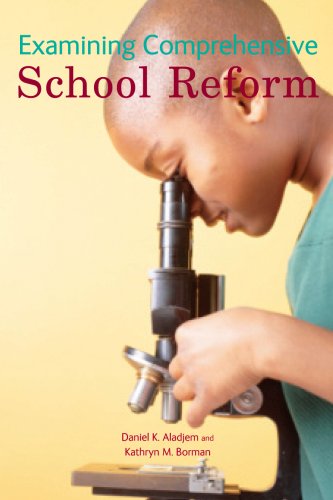Urban Institute Press
2 total works
Our educational system is in a continuous state of reform, yet outcomes are nowhere near what we can accept. Though the search for answers is perpetual, many efforts over the past decade have homed in on one feature of high schools-their size. If we simply reduce school size, the argument goes, students will gain a safer environment that can address their individual needs. It seems like common sense, but such changes alone have not proven a magic bullet. Saving America's High Schools offers quantitative research drawn from large-scale reform studies along with recommendations for federal, state, and district reform.
Examining Comprehensive School Reform
by Daniel K. Aladjem and Kathryn M. Borman
Published 13 January 2007
Urban school reformers for decades have tried to improve educational outcomes for underserved and disadvantaged students, with the assistance of constantly evolving federal and state policies. In recent years, education policies have shifted from targeting individual students to developing universal standards for teaching and learning, and comprehensive school reform (CSR) has emerged as an effective key model. The federal CSR program seeks to support the implementation of comprehensive school reform, especially in high-poverty schools, and to improve efforts to help all children meet challenging academic standards. Schools that receive federal CSR funds must adopt approaches that comply with the No Child Left Behind Act (NCLB). This book provides a series of studies and reflections on CSR by leading experts in the field.

